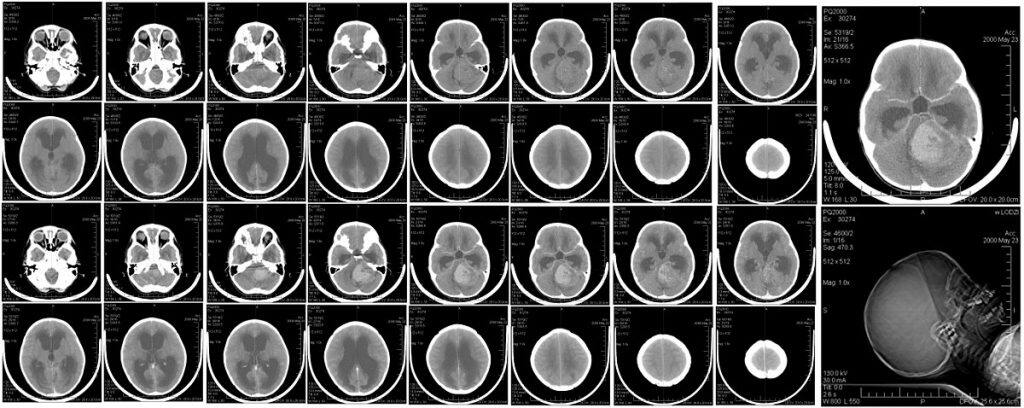

A study published in the Cancer Research journal from the American Association for Cancer Research reveals a possible therapeutic use of Zika virus, which raised world health authorities’ concern in 2015, when virus infection during pregnancy was linked to children being born with microcephaly. Now, Brazilian researchers from the Center for Human Genome and Stem Cell Studies have shown for the first time in animals the deleterious effect from injecting low concentrations of purified virus preparations into human embryonal brain tumors implanted in immunosuppressed mice. The article is titled Zika virus selectively kills aggressive human embryonal CNS tumor cells in vitro and in vivo.
The studies were carried out by using mainly human cell lineages derived from two types of central nervous system (CNS) embryonal tumors: medulloblastoma and atypical teratoid rhabdoid tumor (AT/RT). They are tumors affecting mainly children under 5.
“CNS tumors are solid tumors occurring mainly in children and teenagers”, explains Oswaldo Keith Okamoto, a study co-lead author. “The peak of incidence for medulloblastoma occurs among children aged 4-5. A higher incidence of AT/RT has been observed in younger children up to 2 years old.”
Tumor regression was observed in 20 of 29 animals treated with Zika virus in the study. Complete remission — total tumor clearance — twas observed in seven of them (five with AT/RT and two with medulloblastoma). In some cases, the virus has also proven effective against metastases, as it either eliminated the secondary tumor or inhibited its growth.


Mayana Zatz, a coordinator from the Center and one of the co-lead authors, does not hesitate to call the results “spectacular”. The next step is to find partners for what is called in biomedical terms Phase 1 testing, not on animals any longer, but on people; and in this case, mainly on small children. That is one of the reasons why experienced Mayana is glowing with enthusiasm, which she tries to tone down as she talks about the research she has promoted.”We are going to have to slow our anxiety down and not put the chart before the horse. It’s very important to start with two or three patients, and if it works, subsequently include a larger number.”
For that, they will need larger amounts of purified virus, produced according to good cultivation practices required for testing in humans. This phase has been undertaken together with Butantan Institute, which has already provided the viruses and cooperated with the study. From then on, they will be able to design a protocol for application in patients.
Carolini Kaid, a doctoral student from the Center for Human Genome Studies, and whose advisor is Oswaldo Okamoto, is the first author of the study. She was especially in charge of dealing with the mice: she performed the surgeries for implanting tumors, injected Zika virus into them, and then followed up on the evolution.








































